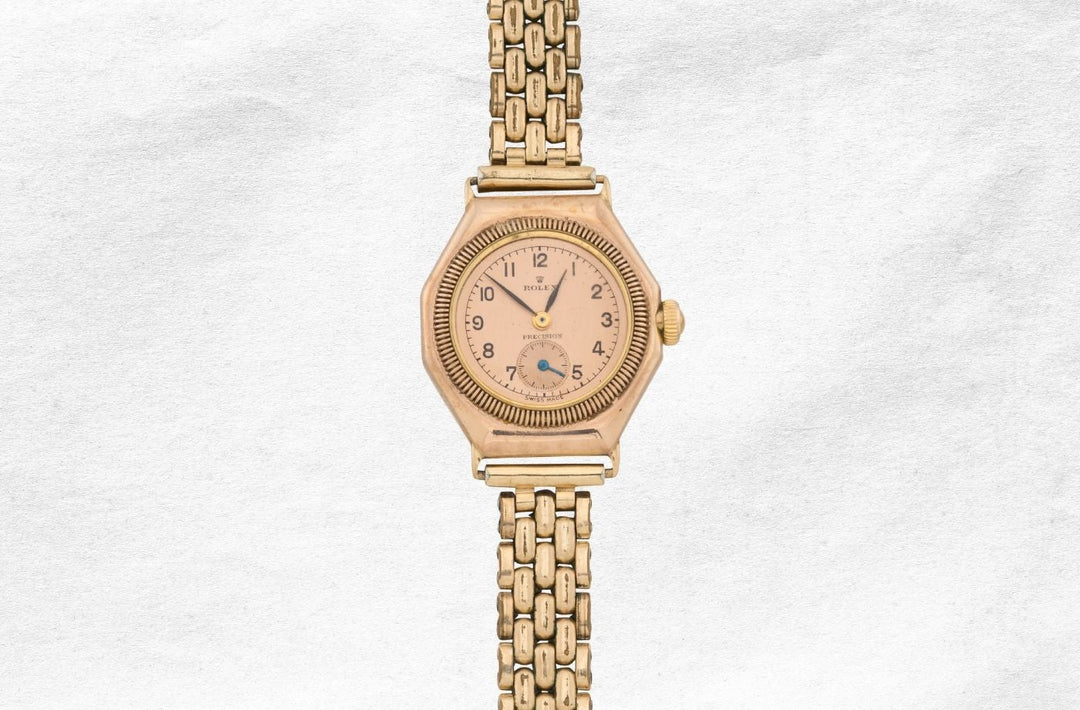UK Demand for Swiss Watches Slumps as Global Sales Cool
Swiss watch exports to the United Kingdom dropped sharply in May, falling 14.5% year-on-year to CHF 130.4 million. This puts the UK among the hardest-hit major markets, trailing only the USA and China in terms of overall value. Despite the drop, the UK still accounted for 6.2% of total Swiss watch exports in May, maintaining its position as a significant buyer of luxury timepieces.

The downturn in the UK aligns with a global cooling in demand, particularly after a surge in April when retailers rushed to place large orders. That temporary boost has now been followed by widespread declines, with the Federation of the Swiss Watch Industry (FH) reporting an overall 9.5% fall in total exports across all markets.

Exports Falling Faster Than Retail Sales Catch Up
Industry analysts are sounding the alarm over the gap between export figures and actual retail performance. While exports have risen 1.1% so far in 2025 compared to the same period last year, the FH warns this growth is misleading. "This result does not reflect the actual sales situation," the Federation stated, highlighting that retail demand has been far more subdued.
Jean-Philippe Bertschy, Managing Director at Vontobel and a respected voice in Swiss equity research, emphasized the rare tone of caution. In a note to clients, he described the Federation’s warning as “unusual and noteworthy,” suggesting that export optimism may be masking deeper consumer fatigue across markets like the UK, Hong Kong, and Japan.
Price Segments Show Broad Weakness
The May export data reveals a clear pullback across nearly all watch price categories. Watches priced under CHF 200 experienced the most significant drop in unit volume, down 15.2%, with value falling 9.8%. Meanwhile, mid-tier models between CHF 200 and CHF 500 were nearly just as affected, with units falling 14.5%.
The luxury segment, watches priced over CHF 3,000, also struggled, with unit shipments tumbling 17.1% and value falling 11.4%. Interestingly, only the CHF 500 to CHF 3,000 category managed a positive shift in value, inching up by 0.2% despite a 4.3% decline in volume. This suggests brands are adjusting pricing to preserve margins, even as sales volumes shrink.
Broader Economic Forces at Play
The weakness in UK demand may be tied to wider economic uncertainty. While Britain hasn’t been directly affected by US-led tariffs, global luxury spending is under pressure from high interest rates, slowing consumer confidence, and shifting buyer habits. The UK retail landscape has also seen reduced footfall and tighter discretionary spending, particularly in non-essential categories like watches.
Hong Kong and China, also key luxury watch markets, faced similar setbacks in May, with China’s real estate woes weighing on consumer sentiment. This has put even more pressure on markets like the UK to sustain global demand, a responsibility they may no longer be able to carry alone.
Brands Reassess Strategy Amid Changing Market Dynamics
In light of softening demand, many Swiss watch brands may be forced to rethink their strategy. The traditional formula of limited production and high pricing may no longer be enough to sustain growth. With exports to the UK, US, and other major regions now falling in tandem, industry leaders may look toward emerging markets or new product segments to reignite momentum.
So far, brands like Rolex, Omega, and Audemars Piguet have weathered market fluctuations through exclusivity and brand loyalty. But as Bertschy noted, the May data could be the first clear signal of a slowdown taking hold.
You can read the report in more detail here: https://www.fhs.swiss/eng/statistics.html














